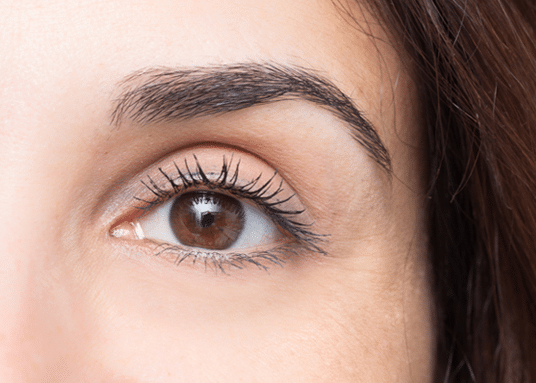Approach to the eyes
Approach to facial aesthetics
The importance of the human gaze in every circumstance from social to emotional is undeniable. It is therefore critical to identify the characteristics that make it attractive and to gauge the changes that they have undergone with the passage of time.
A youthful attractive face presents with a full upper eyelid and a seemingly short lower eyelid in the vertical dimension with a smooth semicircular transition at the lid- cheek junction. The eye fissure is upward slanting going from the nasal side to the outer angle. The sclera with its snow white colour does not show beneath the pupil. The upper eyelid crease is in a low position resulting in minimal prelid-margin skin show. The skin is taut and elastic. The surface area between the eyebrow and the upper eyelid crease is full and convex. The lid–cheek junction is smooth. The transition between the lateral aspect of the nose and the medial aspect of the lower lid is smooth. As a result, the tear trough is barely visible.
The extent to which the different components that make up the aesthetic of the gaze change determines the nature of the treatment required to restore their beauty. Understanding the universal concepts of beauty across racial and time variation is of a great importance for modern aesthetic plastic surgeons. Addressing the additive component of aging (skin excess) while ignoring the subtractive component (fat atrophy and volume loss), may lead to a less youthful and attractive appearance.
A plastic surgeon who is a master of his craft views all procedures, from the least invasive office-based intervention to a full surgical treatment, as mere tools at his disposal that he can employ to give the patient their desired results, rather than being restrained by the limitations of any single technique or tool. From chemical peels and injectables, to energy based devices and all the way to facelifts or even facial implants I aim to employ the right tools or combination of tools to achieve the results that meet the patients expectations within the limitations imposed on them by their lifestyle.”

